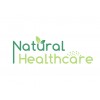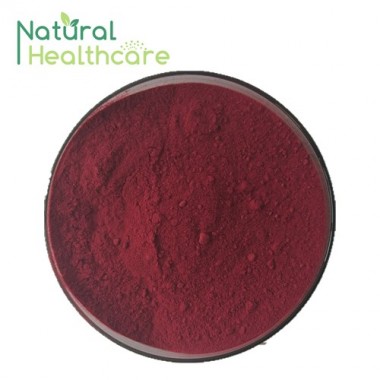Product Information
- Starting Material:Cranberry
- Package Type:Drum, Plastic Container, Vacuum Packed
- Storage:Sealed
- Function:a. Anti-oxident b. Enhance the immune system ability. c. Reduce heart disease and stroke occurred d. Help to prevent various free radicals related diseases e. Reduce the number of cold and shorten the
- Place of Origin:Shaanxi, China (Mainland)
- Grade:food&pharmaceutical
Description
In 2004 the French agency AFSSA (now Anses) approved a health claim for cranberries with 36 milligrams of PAC to “help reduce the adhesion of certain E. coli bacteria to the urinary tract walls”, and subsequently fight urinary tract infections (UTIs).
PACs are small molecules (catechin or epicatechin) molecules linked together to form larger polymers. The PACs in cranberries contain a high proportion of what are called ‘A-type double linkages’ between the catechin or epicatechin molecules.
Other food sources of PACs that do not contain these A-type linkages (chocolate, grapes, apples and green tea etc contain B-type proanthocyanidin) do not elicit the bacterial anti-adhesion activity.
Only cranberry contains unique A-type PAC with strong antiadhesion activity against certain E.coli bacteria.
UTIs are caused by bacterial adhesion (bacteria growth) on cells in the bladder. To maintain urinary tract health, especially for those prone to UTIs.
Daily consumption of the recommended 36mg of cranberry proanthocyanidins (PACs) has shown effectiveness in inhibiting bacteria from adhering to bladder cells, multiplying and consequently causing infection. This amount of PACs can be easily consumed in a 9-10 oz serving of 27% cranberry juice cocktail.
Cranberry PACs test method
Now,many methods exist for the determination of PACs: DMAC, vanillin, Bate-Smith, HPLC, European Pharmacopoeia etc.
In 2004 the French agency AFSSA (now Anses) approved a health claim for cranberries with 36 milligrams of PAC to “help reduce the adhesion of certain E. coli bacteria to the urinary tract walls”, and subsequently fight urinary tract infections (UTIs).
The French health claim refers to 36 milligrams of PACs measured using the 4-dimethylaminocinnamaldehyde (DMAC) method, but AFSSA did not specify which method was valid for the health claim, and this has led to a range of methods being applied.
The method proposed by the European Pharmacopoeia and used by members of EuraCran (European Association for the Valorization of Cranberry Extracts) has been adopted by some players in the French market.
There are also additional methods for measuring PACs available, and they all deliver different results. A common analogy is measuring temperature with Celsius and Fahrenheit – both measures give you the temperature, but not the same value.
Meanwhile, an updated method, called BL-DMAC has been published by the USDA-ARS (Journal of the Science of Food and Agriculture, July 2010, Vol. 90, pp. 1473-1478). All analytical labs previously using DMAC have now switched to this method.
Specification Sheet
Product Name: | Cranberry Extract Powder |
Used Part: | Fruit |
Model No.: | CBE |
Supplier: | dnbiology |
Items | Specification |
Appearance | Violet-Red Powder |
Particle Size | 100% through 80 Mesh |
Loss on Drying | < 5.0% |
Heavy Metals | < 20ppm |
Arsenic(As) | < 2ppm |
Lead(Pb) | < 2ppm |
Assay | |
Proanthocyanidins | 5%-70% by UV,EP,DMAC,HPLC method |
Total Plate Count | < 10,000cfu/G |
Yeast & Mold | < 100cfu/G |
E.Coli. | Negative |
Salmonella | Negative |
*The material is GMO free, and is not irradiated. | |
Business Type:Manufacturer
Country/Region:China
Ddu Verified
HOT Rank



